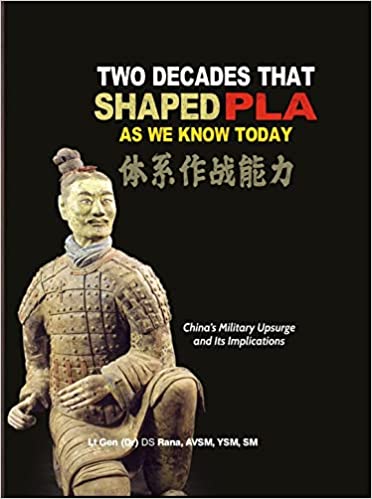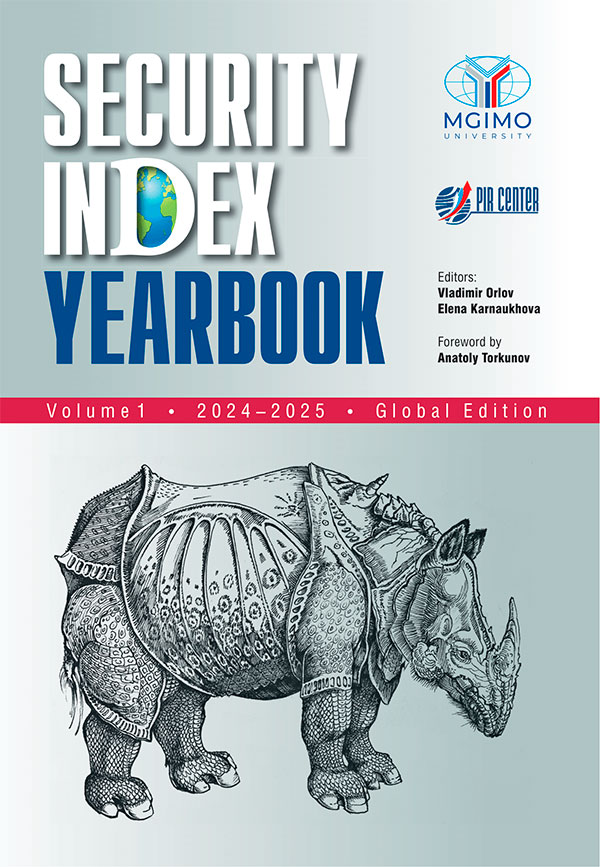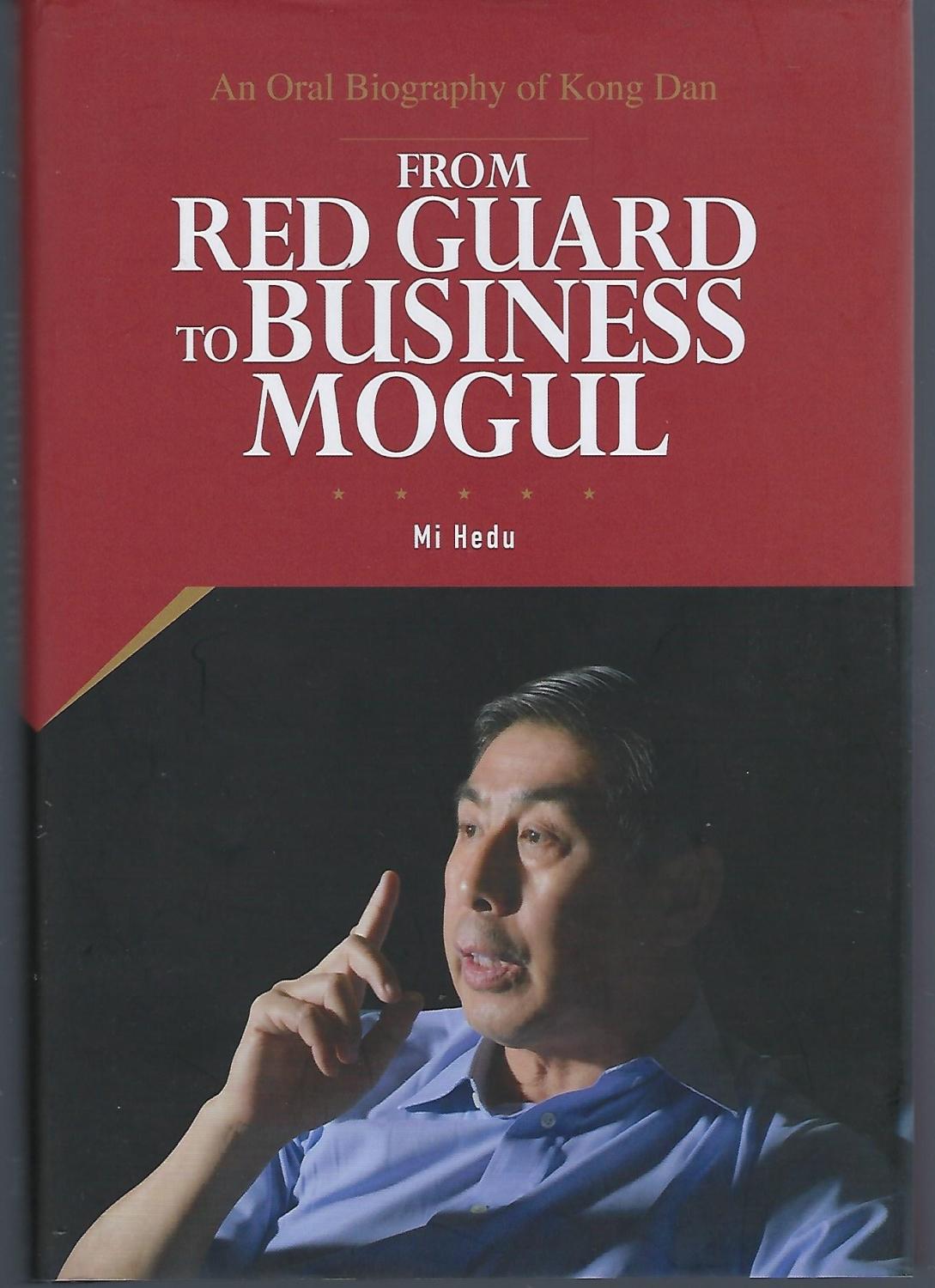... financial sector, research institutes, and international organizations.
Fares Kilzie, founder and chairman of CREON Group, opened the forum with an analysis of the strategic role of metals and minerals from CIS and EAEU countries for SCO, APEC, and ASEAN states amid the new global energy landscape, data center (DC) development, and artificial intelligence.
Russia’s mining and metallurgical sectors, along with those of the CIS and EAEU, are entering the strategic arena amid sweeping changes—transformations in the global energy, technological, digital, and geopolitical landscapes. It is crucial to emphasize ...
... partner focused on fostering sustainable development, technological cooperation, and greater connectivity between the Eurasian and Indo-Pacific aspects of both sides’ foreign policy agendas. Over time, this concept could be institutionalized within Russia–ASEAN cooperation mechanisms, including the Comprehensive Plan of Action for the Implementation of the Strategic Partnership, the Strategic Cooperation Program, and future joint statements.
Third, Russian ideas require greater pragmatization. Without ...
... MGIMO University; Alexander Korolev, Deputy Director of Centre for Comprehensive European and International Studies of Faculty of World Economy and International Affairs at HSE University; Elena Pyltsina, Senior Research Fellow at Centre for Vietnam and ASEAN Studies at Institute of China and Contemporary Asia of the Russian Academy of Sciences; and Victor Sumsky, Chief Research Fellow at Group of the Asia-Pacific Region Problems at Institute of World Economy and International Relations of the Russian Academy of Sciences took part in the event from the Russian side....
Working Paper No. 92 / 2025
Working Paper No. 92 / 2025
The following working paper examines the relationship between the Eurasian Economic Union (EAEU) and the Association of Southeast Asian Nations (ASEAN). It includes a detailed assessment of trade and economic ties between the two associations, identifying the key priorities and interests of EAEU member states in developing trade and economic relations with ASEAN countries. The paper also attempts ...
... given to the challenge of formulating effective strategies for Russia and other EAEU member states to develop relations with Southeast Asian nations.
The roundtable opened with welcoming remarks from RIAC Director General Ivan Timofeev, Chairman of the Russia–ASEAN Business Council and RIAC Vice-President Ivan Polyakov, and Head of the International Interaction Section at the Integration Development Department of the Eurasian Economic Commission (EEC) Dmitry Ezhov. Ivan Polyakov emphasized the importance of ...
... military exercises with China.
The existing ASEAN-led mechanisms provide space for every actor with a shared vision with the ASEAN member states to achieve regional security stability. Russia actively participates in these dialogue mechanisms, from the ASEAN-Russia Dialogue, the ASEAN Regional Forum, to the East Asia Summit. This participation is based on the Treaty of Amity and Cooperation (TAC), a code of conduct among ASEAN members and partners that promotes respect for sovereignty, refrains from intervention,...
... the possibility of launching direct air links between the two countries, and Russia reaffirmed its interest in implementing joint projects in the gas sector and peaceful nuclear cooperation. Finally, Anwar Ibrahim invited Vladimir Putin to attend the ASEAN Summit in Kuala Lumpur in October 2025, in Malaysia’s capacity as this year’s chair. In turn, the Russian president extended an invitation to the King of Malaysia to visit Russia at his convenience. Although the prospects for both visits are dim, the main thing in this case is to observe the diplomatic ritual and demonstrate good intentions in public....
... Russia-DPRK rapprochement is not looked at with suspicions or discontent from Beijing. In the South East Asia this shift has been so far less articulated, but Moscow’s attempts to reach out to ASEAN have had only limited success (for instance, the Russia-ASEAN trade turnout over last couple of years amounted to only USD 20–25 billion). At the same time, Russia has become more supportive of China on the issue of Taiwan.
An important task for the two leaders meeting in Moscow would be to harmonize their ...
... more. These are all symptoms; the core issue is the goal-setting mechanism. Like the entire Southeast Asia, Indonesia has never been a priority region for Russia and will hardly become one anytime soon. Thus, the issues discussed above trace back to Russia’s initial strategic planning. Jakarta and other ASEAN partners play an important but ancillary role in the Russian foreign trade strategy.
First, this refers to the partial diversification of Russian exports in certain product categories, including as a way to reduce the growing dependence of the national ...
... to general political pressure, these processes may lead to an increase in direct threats to the countries of the center of Greater Eurasia, which makes them, of course, more vulnerable to external pressure and more reserved in their cooperation with Russia, China and even India.
As for Southeast Asia, we are also seeing an increase in interstate competition, which is most clearly manifested in the conflict between China and the Philippines, as well as the general crisis in the development of ASEAN. Also, we cannot lose sight of the explosive potential of interstate relations in Northeast Asia, where Japan and South Korea can act as conductors of US influence. In other words, the peripheral zones of Greater Eurasia are quite noticeably making ...



